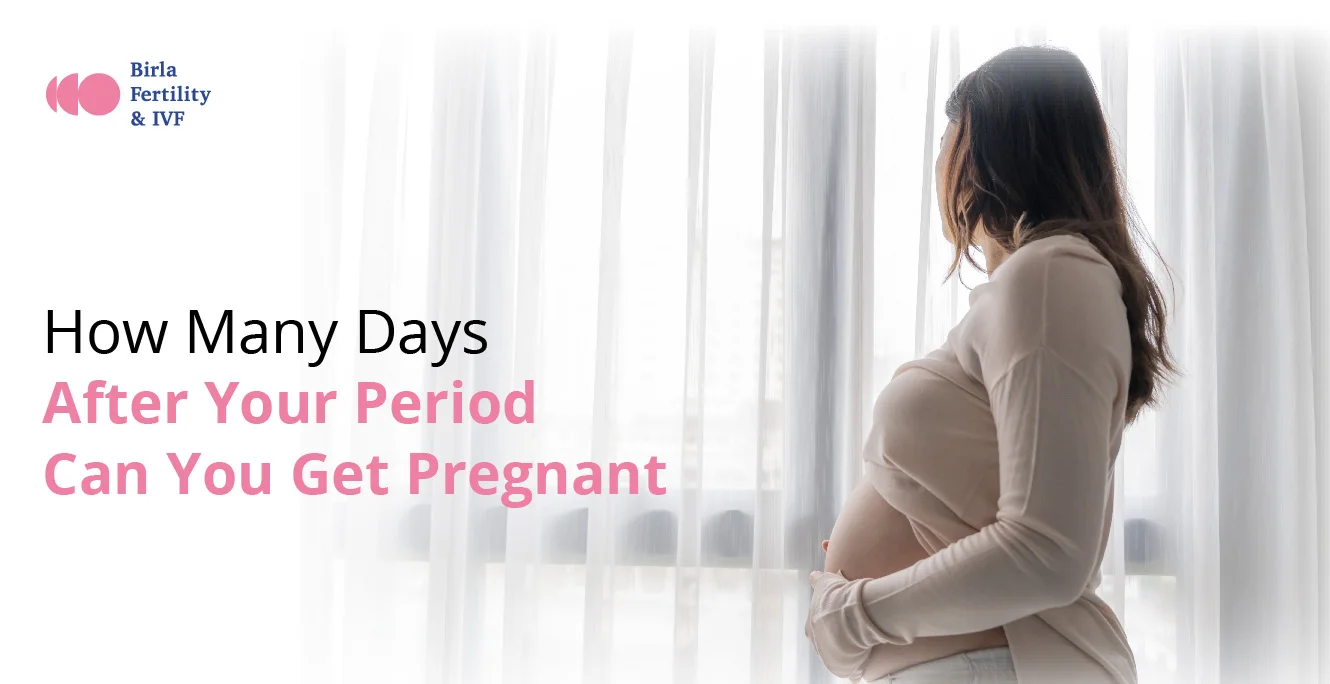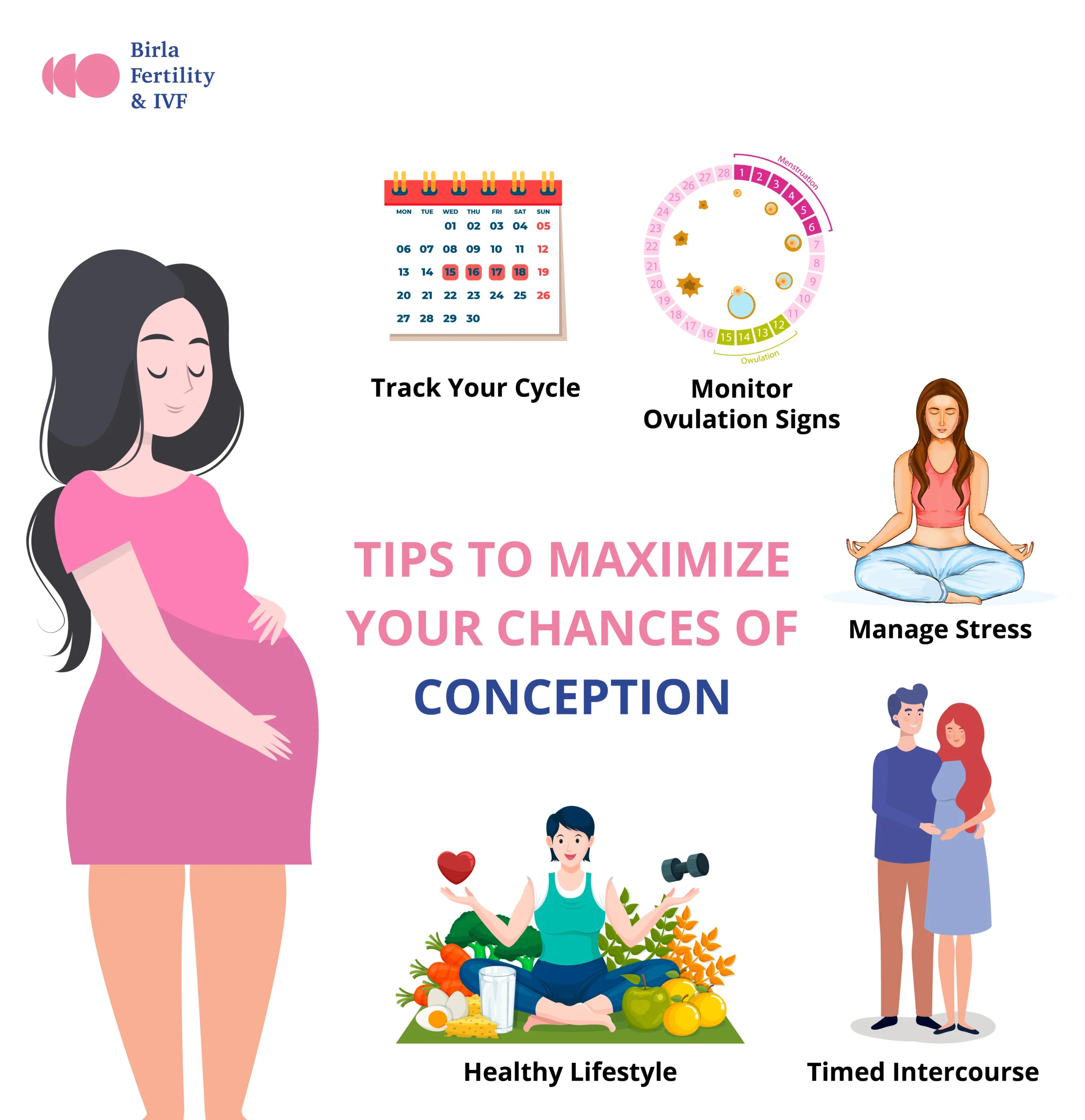

Table of Contents
Understanding your menstrual cycle is essential for family planning, whether you’re trying to conceive or aiming to avoid pregnancy. One of the most common questions is, “How many days after your period can you get pregnant?” This blog highlights this topic to provide a comprehensive understanding of the different phases of menstrual cycles and how each phase can be managed. Additionally, you also explore a few tips that can help you increase your chances of pregnancy after periods.
To understand when you can get pregnant, it’s crucial to know the different phases of your menstrual cycle. Typically, the menstrual cycle is around 28 days long but can range from 21 to 35 days in adults. It is characterized into four significant phases:
| Phase | Days | Characteristics | Fertility |
| Menstrual Phase | 1-7 | Shedding of the uterine lining; menstrual bleeding | Low fertility |
| Follicular Phase | 1-13 (may vary) | Estrogen rises, uterine lining thickens, mature follicles | Increasing fertility |
| Ovulation Phase | Around day 14 | Release of a mature egg from the ovary | Peak fertility (most fertile) |
| Luteal Phase | 15-28 (may vary) | Progesterone rises, uterine lining maintained | Decreasing fertility |
Your fertile window plays a key role in increasing the chances of pregnancy after periods. Also, it gives you the most accurate days and answer to the commonly asked question, i.e., how many days after your period you can get pregnant. This fertility window includes the days leading up to and including ovulation. Also, experts suggest that sperm can live inside the female reproductive tract for up to five days, so having intercourse in the days leading up to ovulation increases your chances of pregnancy after periods.
Now, you may be wondering how you can calculate your fertile window.Then the first and foremost thing to understand is the length of your menstrual cycle. To give you a detailed understanding refer to the below given table for a 28-day menstrual cycle:
| Cycle Length | Day 1 | Fertile Window | Ovulation Day |
| 28 days (average) | First day of period | Days 10-14 | Around day 14 |
| 24 days (shorter) | First day of period | Days 7-11 | Around day 10 |
| 32 days (longer) | First day of period | Days 15-19 | Around day 18 |
However, this table is for reference only, which may differ from one woman to another depending on their lifestyle, health and other significant factors.
You can get pregnant as soon as your fertile window opens, which could be as early as 5-7 days after your period ends, depending on the length of your cycle. Here’s a breakdown to make it easier to understand:

If you’re trying to conceive, here are a few tips that can help you maximize your chances of pregnancy after periods:
Furthermore, consult a fertility specialist if you have irregular cycles or have been trying to conceive for over a year (or six months if over 35), and seek the right guidance and check for any underlying issues.
Understanding your menstrual cycle and identifying your fertile window are key steps in knowing how many days after your period you can get pregnant. While every woman’s cycle is unique, tracking and monitoring your cycle can help you pinpoint the best and most accurate days to conceive. By following the tips to maximize your conception chances, you’re on your way to a successful pregnancy journey.
Birla Fertility & IVF aims at transforming the future of fertility globally, through outstanding clinical outcomes, research, innovation and compassionate care.
Talk to our fertility experts